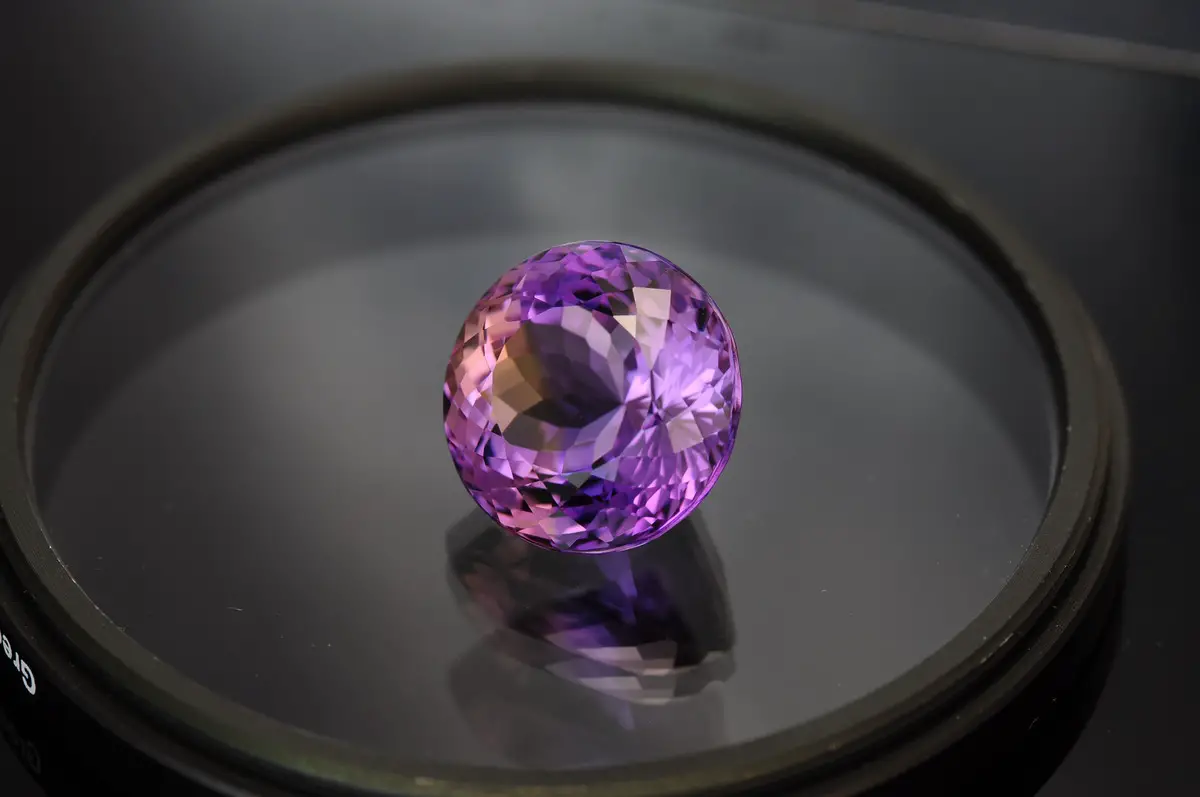Gemstone finds 🢔 Rare natural materials 🢔 Geological wonders 🢔 Categories of wonders
Wonder
Csarite mine in Ilbir Mountains
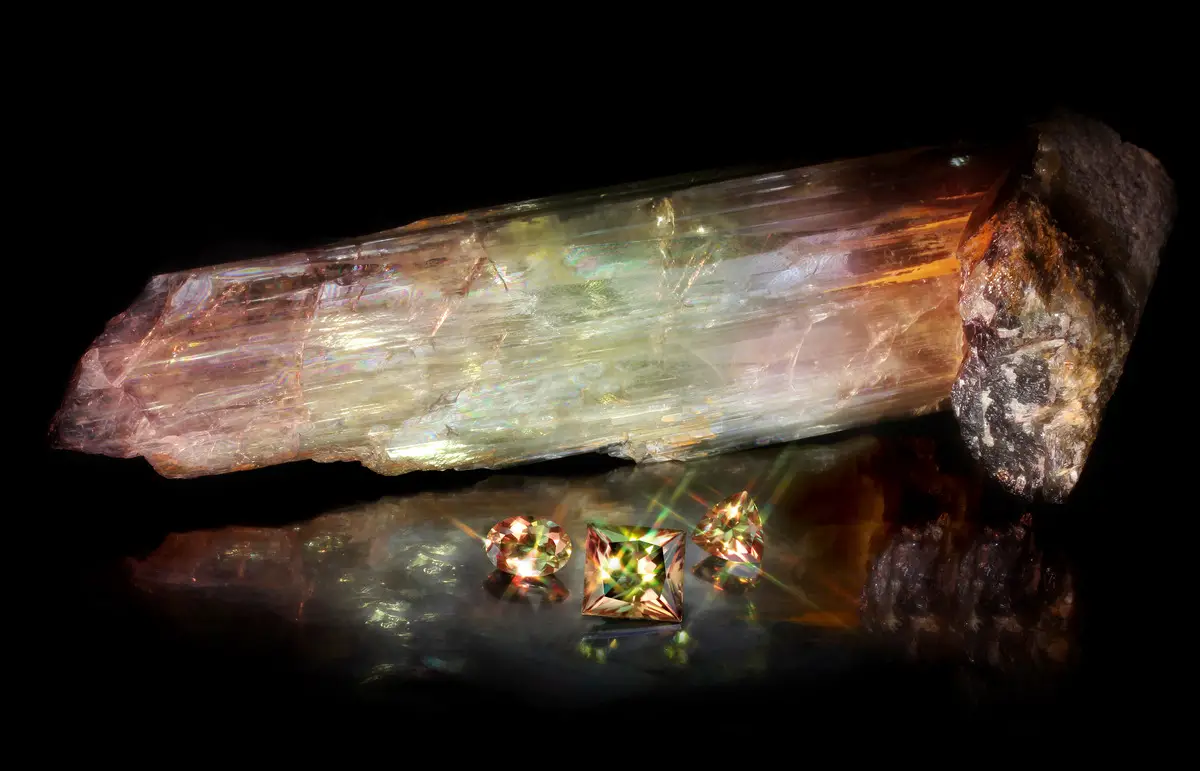
 In short
In short
Diaspore is a fairly common mineral but it has an extremely rare variety with gem qualities – a gemstone with two tradenames: csarite™ or zultanite®. And there is only one csarite mine in the world in Mugla (Muğla) Province, Turkey.
 35.3%
35.3%
GPS coordinates
Gemstones
Map of the site
If you see this after your page is loaded completely, leafletJS files are missing.
 In detail
In detail
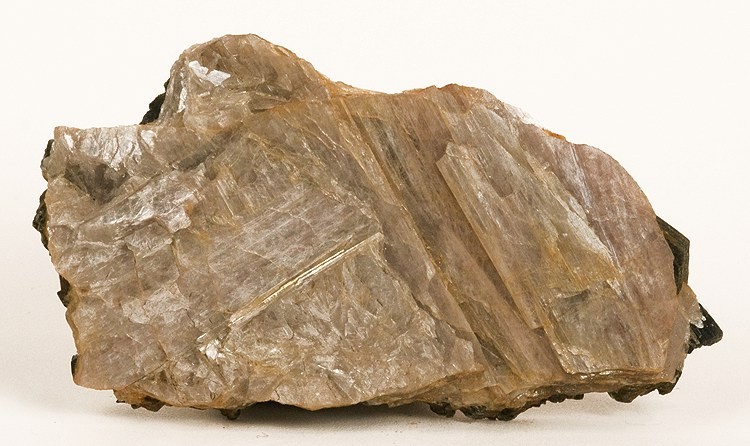
Diaspore
Diaspore is a fairly common mineral – aluminium oxide hydroxide. Together with chemically similar minerals – gibbsite and boehmite – it forms bauxite rock, the main ore of aluminium.
Diaspore can form rather large crystals that, for the most part, are opaque or translucent, in transparent or brownish-grey color. The hardness of diaspore is comparable to the hardness of quartz: 6.5 to 7. Thus, if it would be transparent and with a bright, clear color, it would be a fine gemstone.
And there is such diaspore!
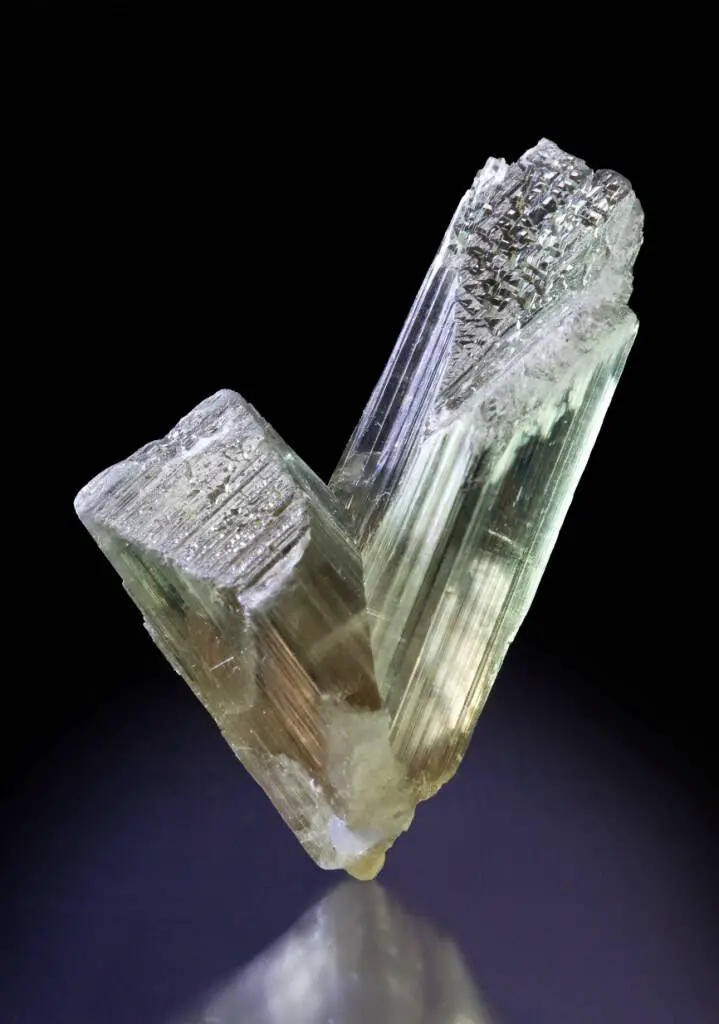
The only csarite mine in the world
The bauxite mine in Ilbir Dağ – Ilbir Mountains – in the southwestern part of Turkey has been known for many decades.
This İlbirdağı diasporite deposit consists of primary, metamorphic bauxite, and secondary bauxite that has been re-deposited by hydrothermal processes and consists mainly of diaspore. Such secondary bauxite is rare.
In this secondary bauxite formed fracture zones, and the mineral was once more redeposited in these fractures during the Late Paleocene, Eocene, and Oligocene. Thus formed unusually large crystals of diaspore.
The gem qualities of these crystals were noticed in the 1970ies or earlier, but, this gem has one serious drawback: a cleavage. Crystals of diaspore easily break along one plane. Cutting jewels from this mineral requires excellent skills and many attempts for testing and trying.
Nevertheless, in the mid 1990ies a private entrepreneur started the mining of gemstones in the abandoned bauxite mine. The first cut stones appeared on the market in 1997.
The first large gemstone was 80 carats large and made in 2008. In 2009 was cut 96 carats large stone named “Sultans Shield”. The value of this gem then exceeded 1 million dollars.
Thus far other finds of these gemstones are not reported and the csarite mine in Ilbir Dağ seems to be a unique natural wonder.
The exact location of the only gem-quality mine of diaspore is not widely published and Wondermondo respects this approach. The map shows one of the nearby villages.
Color change and extreme price
These stones got much attention due to their unique quality: the color change effect.
In bright daylight, they are light green to brownish, but in less intense incandescent light, they are carmine red. Some stones may have even three colors – light green, golden and carmine red.
Just a few gemstones have such pronounced color change effects: alexandrite, kyanite (pleochroism effect), and some others.
Another amazing quality of csarite is its natural beauty. The vast majority of gemstones in the market are improved in one or another way: heated, colored, coated, etc. Csarite does not need any such activities.
But owners of csarite should be careful: the stone breaks rather easily along the cleavage plane.
This gemstone is very, very rare. Most of the diaspore crystals in the world’s only mine are not suitable to be gemstones – they have dull color, fractures, and inclusions.
Most of the mined stones are lost as well – they break along the cleavage plane during the mining or cutting. Just a few percent of all the crystals turn into gemstones.
Due to its extreme rarity and unusual beauty, this stone may cost from 500 to more than 10 000 USD per carat. Thus csarite is one of the most expensive gemstones in the world.
Trade names: zultanite® and csarite™
In 2005 A. Murat Akgün obtained the rights for gemstone mining in Ilbir Mountains.
The unique gemstone initially was named “a color-changing gemstone from Turkey” or other complex names. The name of the mineral – diaspore – was not much used and the new owner did not like it (“sounds like a fungus”).
The first trade name was zultanite® after the Sultans of the Ottoman Empire, with a ‘z’ to distinguish it from another mineral called “sultanate”.
Some years later a legal battle between the partners led to the temporary loss of the right to use this trade name by the owner of mine “Milenyum Mining Bauxite Establishment”. In response to this situation was introduced another name – csarite™.
Now, as the legal battles are settled, both names are in use. Zultanite® and csarite™ are the same gemstones from the same mine, the only csarite mine in the world.
References
- Stephen Kotlowski, A Short History of Diaspore and its trade names Zultanite and Csarite. The International Gem Society (IGS). Page accessed on the 1st of December 2022.
- Murat Hatipoğlu, Cahit Helvacı, Steven C. Chamberlain Hakkı Babalık, Mineralogical characteristics of unusual “Anatolian” diaspore (zultanite) crystals from the İlbirdağı diasporite deposit, Turkey, Journal of African Earth Sciences
Volume 57, Issue 5, July 2010, Pages 525-541. Page accessed on the 1st of December 2022.
Csarite mine in Ilbir Mountains is included in the following article:
 Linked articles
Linked articles
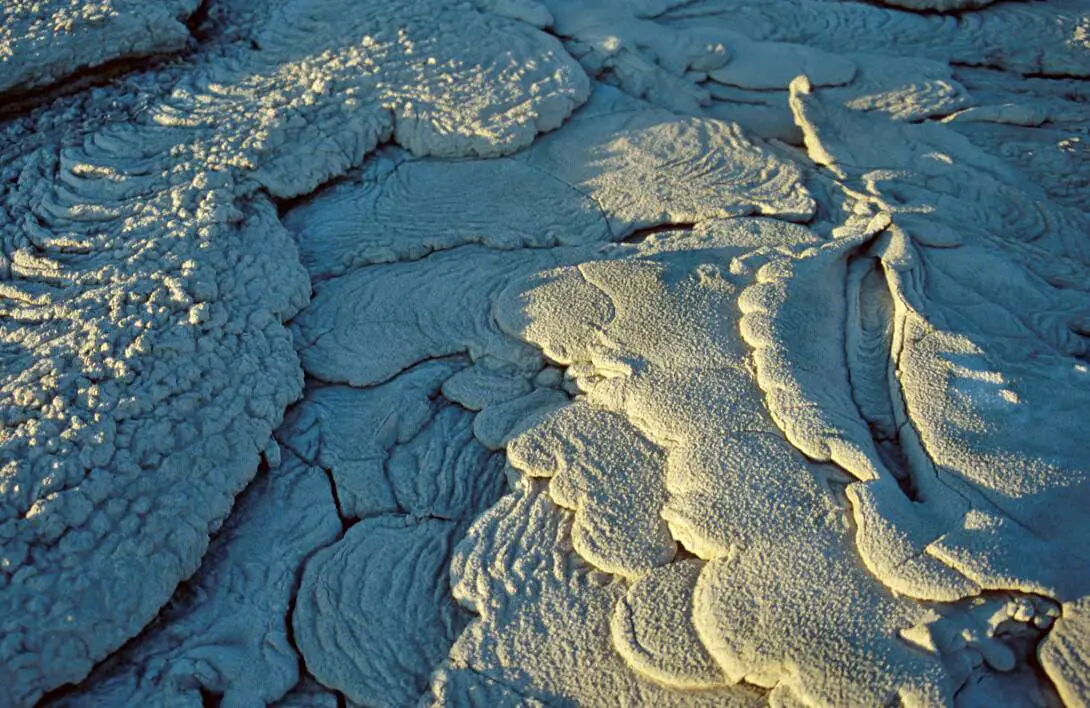
Rare natural materials
There are places in the world, where one can find such materials which are not present anywhere else on Earth – or can be found just in a few places. These wonders are included in the category of rare natural materials.

Wonders of Turkey
Turkey is located at the crossroads of civilizations and has one of the richest and most diverse arrays of archaeological and architectural landmarks. Few countries in the world have experienced the rise and fall of that many distinct cultures as present-day Turkey did.
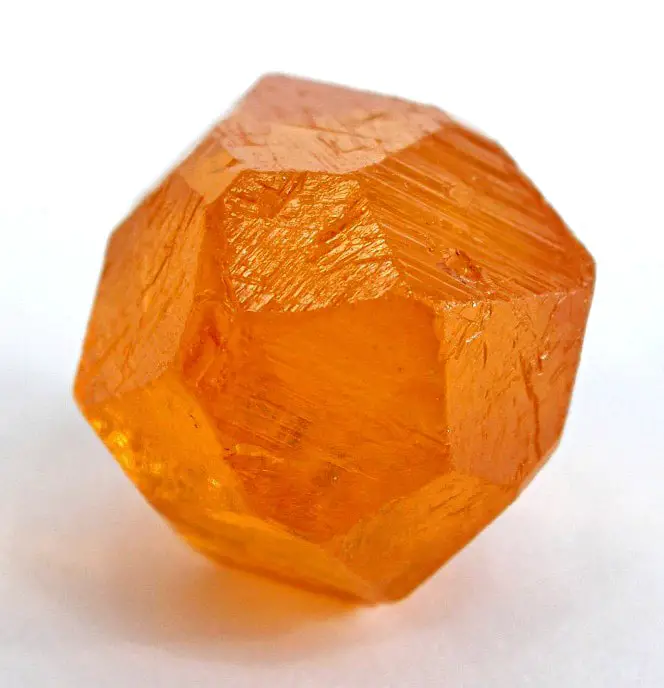
Gemstone finds
Gemstone finds are locations where are found rare and beautiful stones which that can be used for jewelry and have high market value.
Many finds of gemstones, such as jadeite mines in Guatemala or Sar i Sang lapis lazuli mines in Afghanistan – have been used for millennia and are legendary places.
 Recommended books
Recommended books
The Jeweler’s Directory of Gemstones
Using The Jeweler’s Directory of Gemstones, written by an expert gemstone dealer and designer, will provide any consumer with the insider knowledge needed to make accurate judgments of gemstones, to recognize low- and high-quality stones, and make a good buy rather than a bad one.
Rare Gemstones and Unknown Precious Stones
Diamonds, Pearls and so on we know. But have you ever wondered what other great gems and precious stones exist apart from the ones we usually know? This book tells you more about them in an easy-to-follow way. You will also read some stories about famous stones and get some buying tips.

